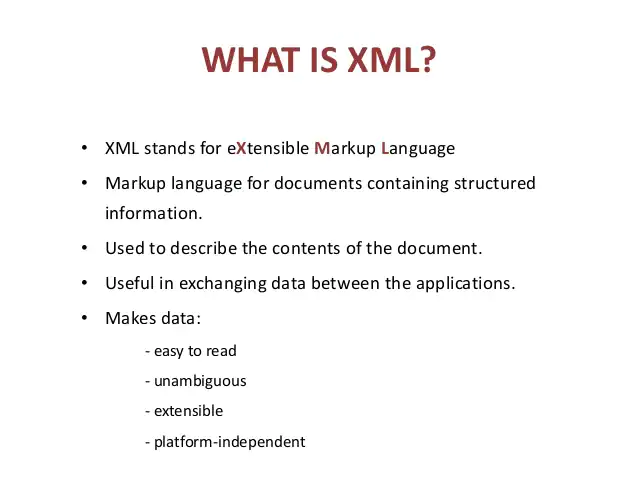We all know that the Internet is a large network covering the whole world with billions of devices using many different platforms. But not all devices share the same application or platform for communication.
How can we connect even though we don’t share too many elements or even be completely different? The perfect answer to this challenging problem is XML.
Let’s read on to know more details!
What is XML?
XML is an acronym for Extensible Markup Language, a hypertext markup language that can transmit and describe many different kinds of data.
Thanks to this unique ability, XML can transport platform-specific information to another while ensuring the necessary clarity.
The best example of this feature is that Services or APIs will return results in XML format for other elements of the same or different systems to understand.
With the role of a carrier, XML has a significant contribution to sharing and exchanging data between systems.
History of XML
In the mid-1990s, experts from SGML (Standard Generalized Markup Language), a system for organizing and tagging XML document elements, began to notice the communication problem on the World Wide Web platform.
Although the concept of the Internet or the World Wide default web browser is still very new, they still try to promote the development of a separate standardized solution for long-term use.
Jon Bosak, leader of the research team, raised the opinion of the leading international standards organization for the World Wide Web (W3C) for a program called “SGML on the Web.” And this is the premise for the XML extensible markup language that we use later.
Features of XML
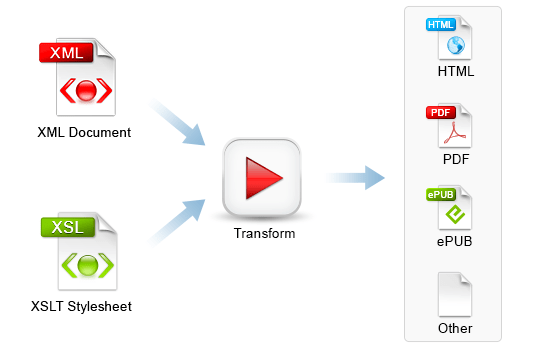
1. XML is used for structured data
XML will work with structured data types. A distinct data type can organize and classify information in a defined document structure to store and transmit information accurately.
2. XML is quite similar to HTML tags
Basically, XML has a reasonably intuitive structure with many similarities with HTML, another extensible markup language XML. So if you know about HTML, it will be much simpler to manipulate XML
3. This markup language is not meant to be read
XML file exists as plain text and can be opened and manipulated by many different types of software. Although possessing a text format, XML is not readable, and these files merely help different systems to communicate with each other.
4. XML is usually very long
The most apparent feature of XML compared to other markup languages is the length of the statements. It allows XML file to convey information more entirely and intuitively.
5. XML is royalty-free, platform-independent, well supported
We can freely use XML tags without worrying about legal issues or additional costs because it is an entirely non-profit product. More specifically, XML users still get a lot of extra support.
Elements of an XML File
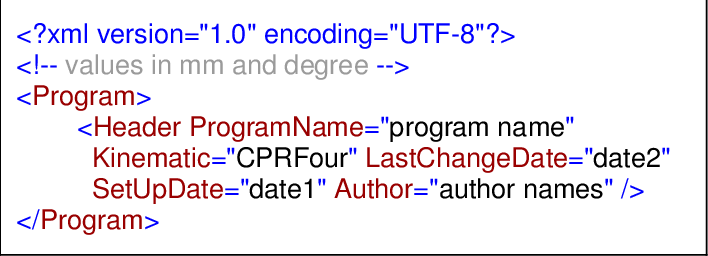
Header file
The header of an XML file is usually of the form <?xml version=”A” encoding=”B”?>. Accordingly, A is the element used to declare the markup language XML document that you are using. The remaining value “B” represents information about the numeric character references.
You can use the following encodings for XML file as from UTF-8, UTF-16, ISO-10646-UCS-2, ISO-10646-UCS-4, ISO-8859-1 to ISO-8859-9, ISO-2022-JP, Shift_JIS, EUC-JP.
Root node
The root node acts as the root element inside an XML file, which is usually the outermost. The root node is typically a XML document name or wildcard for information stored in an XML parser.
Element
Elements are child components located in the central Root node. We will use these Element elements to store different values for information transmission purposes.
Attribute
The Attribute is the name of the element that carries the Attribute of the tag. Usually, we will use Attribute to distinguish 2 Elements with the same name.
XML Pros and Cons
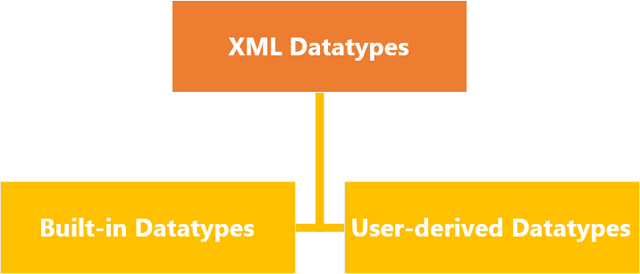
Pros
High independence
One of the most apparent advantages of extensible markup language XML data over many other languages is its fierce independence. It means that we can easily package XML files for portability and use them on many different platforms.
In addition, since the data inside the files is all plain text, there is no need to search for specialized readers. Almost all text-reading software can read XML schema.
Readability
Although not designed to be read directly, analyzing the data layers inside XML files will help you a lot in your work if you have a little knowledge.
Instead of shortening the syntax and using complex syntaxes, XML documents chooses to represent it with friendly text characters. Not only that, the information is fully identified by name tag and exported in a very scientific way.
Highly customizable
With XML specification, each user can create many different tags with custom conditions of use without worrying too much about the originals.
You can even reuse your own tags from other users if it suits your needs. As long as you follow the correct XML documents syntax, you will still be able to create many new titles with an almost limitless number.
Suitable for use on many platforms
Not only for humans, but even systems can quickly read and parse the data inside the XML file. So, the exchange of display data between different programs and procedures using XML files will be straightforward.
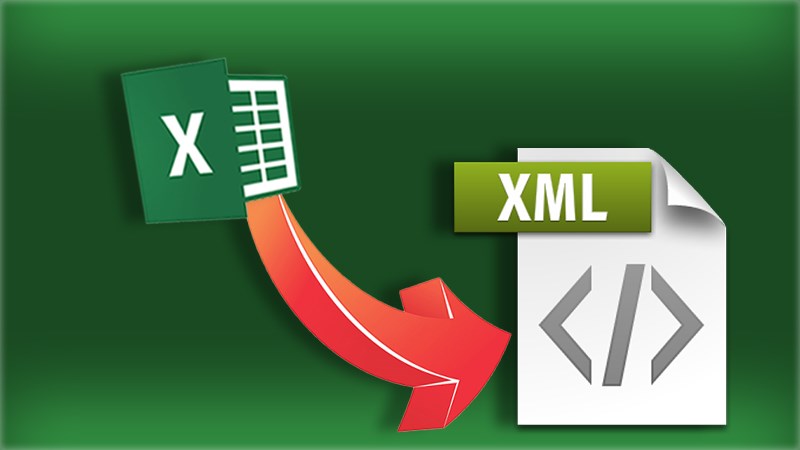
Cons
On average, there will be a 5-7% data loss rate in transmitting information in XML. Although errors are inevitable and the rate of 5-7% is not too large a number, in reality, the data will be significantly affected even if it is only a 1% loss.
The Role of XML
The most important application of the XML language to the information technology field is as the basis for many different XML document formats.
The most typical of these can be ATOM and RSS, two information formats that transmit news from many sources.
In addition, the office applications included in the Microsoft Office suite, such as Word Excel, PowerPoint also use XML as the basis for XML document structure with markup symbols.
Nor can we ignore XML’s contribution to the development of frameworks like Microsoft.NET
Conclusion
Today, although XML is no longer the number one choice for information transmission between platforms, what this language brings has always had a significant impact on the development of modern technology.

